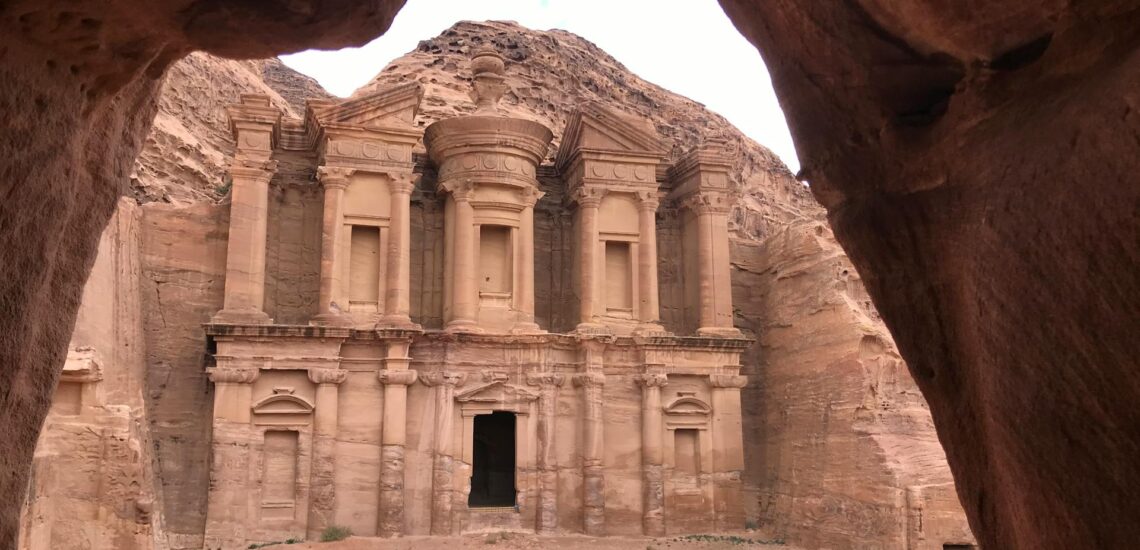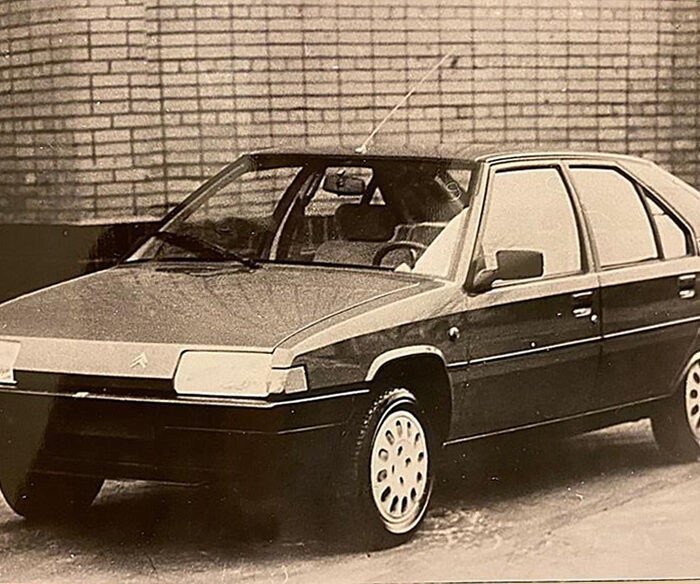Informazioni rapide sulla Giordania:
- Popolazione: Circa 10 milioni di persone.
- Capitale: Amman.
- Città più grande: Amman.
- Lingua ufficiale: Arabo.
- Altre lingue: L’inglese è ampiamente compreso e utilizzato negli affari e nell’istruzione.
- Valuta: Dinaro giordano (JOD).
- Governo: Monarchia costituzionale parlamentare unitaria.
- Religione principale: Islam, prevalentemente sunnita.
- Geografia: Situata in Medio Oriente, confina con l’Arabia Saudita a sud e a est, con l’Iraq a nord-est, con la Siria a nord e con Israele e la Cisgiordania a ovest.
Fatto 1: Il nome del Paese Giordania è legato a un fiume della Bibbia.
Il fiume Giordano attraversa la regione e funge da confine e punto focale in diverse narrazioni bibliche.
In ebraico, il nome “Giordano” deriva dalla parola radice “yarad”, che significa “scendere” o “scorrere”. Questo nome riflette la caratteristica del fiume di scorrere dal Mare di Galilea a nord al Mar Morto a sud, scendendo attraverso la Rift Valley del Giordano.
Il fiume Giordano è strettamente associato a diversi eventi e personaggi chiave della Bibbia. È noto come il luogo in cui Giovanni Battista battezzò Gesù Cristo. Inoltre, l’attraversamento del fiume Giordano da parte degli israeliti sotto la guida di Giosuè segnò il loro ingresso nella Terra Promessa dopo l’esodo dall’Egitto.
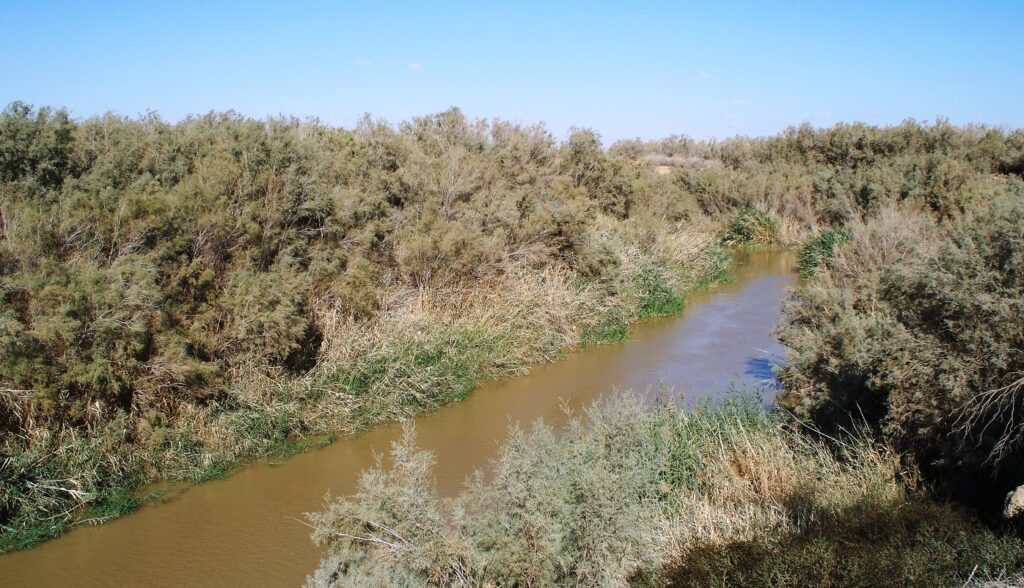
Fatto 2: il Mar Morto in Giordania è il luogo più basso della Terra
Il Mar Morto, situato al confine tra Giordania e Israele, è noto come il luogo più basso della superficie terrestre. Si trova a circa 430 metri sotto il livello del mare, il che lo rende la più bassa elevazione terrestre. Questa caratteristica geografica unica contribuisce alla notevole salinità del Mar Morto, che è circa dieci volte superiore a quella degli oceani del mondo. L’elevato contenuto di sale facilita il galleggiamento nelle acque del Mar Morto, un’esperienza unica per i visitatori della regione.
Fatto 3: la capitale della Giordania è una delle città più antiche del mondo
Amman, la capitale della Giordania, è una delle più antiche città abitate ininterrottamente al mondo, con una storia che risale a diversi millenni fa. Originariamente conosciuta come “Filadelfia” durante il periodo greco-romano, la posizione strategica di Amman ha contribuito alla sua longevità e importanza nel corso della storia.
Le prove archeologiche indicano che nell’area dell’odierna Amman esistevano insediamenti già nel periodo neolitico (7000-5000 a.C.). L’importanza della città crebbe durante l’Età del Bronzo e l’Età del Ferro, quando era conosciuta come “Rabbath Ammon” e fungeva da capitale del regno Ammonita.
Sotto vari governanti, tra cui i Greci, i Romani e i Bizantini, Amman continuò a prosperare come importante centro regionale grazie alla sua posizione strategica lungo le antiche rotte commerciali. Fu durante il periodo romano che la città fu formalmente chiamata Filadelfia, dal nome del sovrano Filadelfo dell’Egitto tolemaico.
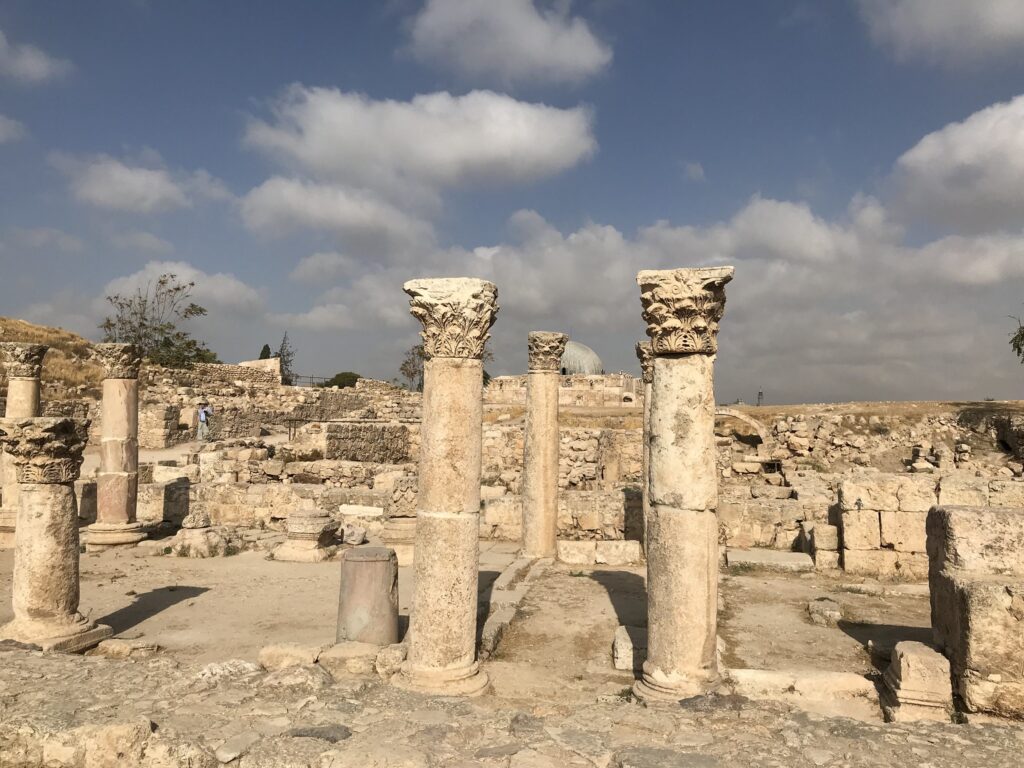
Fatto 4: In Giordania ci sono molti siti archeologici
La regione della Giordania è ricca di siti archeologici che testimoniano i diversi imperi e civiltà che hanno abitato la zona nel corso della storia. Questi siti abbracciano varie epoche e riflettono l’importanza culturale, religiosa e politica della posizione strategica della Giordania nel mondo antico.
Alcuni punti archeologici di rilievo in Giordania sono:
- Petra: conosciuta come la “Città Rosa”, Petra è un sito Patrimonio dell’Umanità dell’UNESCO e una delle meraviglie archeologiche più famose della Giordania. Costruita dai Nabatei intorno al 300 a.C., Petra presenta un’impressionante architettura scavata nella roccia ed è stata un importante centro commerciale e una città carovaniera.
- Jerash: Situata a nord di Amman, Jerash è una città greco-romana eccezionalmente ben conservata. Fiorì durante il periodo romano e contiene rovine impressionanti come templi, teatri e strade colonnate.
- Cittadella di Amman: situata nel cuore di Amman, la Cittadella è un sito antico con testimonianze di occupazione risalenti all’età del bronzo. Presenta rovine di vari periodi, tra cui quello romano, bizantino e omayyade.
- Umm Qais (Gadara): Questo sito archeologico nel nord della Giordania si affaccia sul Mar di Galilea e sulle alture del Golan. Era un’antica città greco-romana nota per i suoi panorami spettacolari e le sue rovine ben conservate.
- Qasr Amra: Castello nel deserto e patrimonio mondiale dell’UNESCO, Qasr Amra risale al primo periodo islamico (VIII secolo d.C.). È famoso per i suoi affreschi ben conservati che raffigurano scene di vita quotidiana e figure mitiche.
- Madaba: è nota per i suoi mosaici di epoca bizantina, in particolare per la famosa Mappa di Madaba, che raffigura la Terra Santa nel VI secolo d.C.
Nota: quando si pianifica un tour in auto dei siti storici, verificare se è necessaria una patente internazionale in Giordania per noleggiare e guidare un’auto.
Fatto 5: In Giordania non ci sono quasi foreste, meno del 2% del territorio.
La Giordania è prevalentemente arida e caratterizzata da paesaggi desertici, il che limita la presenza di foreste nel Paese. Meno del 2% del territorio giordano è coperto da foreste o boschi. Questa scarsità di aree boschive è dovuta principalmente al clima arido del Paese, alle precipitazioni limitate e agli alti tassi di evaporazione, che pongono sfide significative per la crescita degli alberi e della vegetazione.
La maggior parte della vegetazione naturale della Giordania è costituita da arbusti, erbe e piante del deserto resistenti alla siccità e adattate alle condizioni aride. Queste piante svolgono un ruolo cruciale nello stabilizzare il suolo, nel prevenire l’erosione e nel sostenere la fauna locale nell’ambiente desertico.
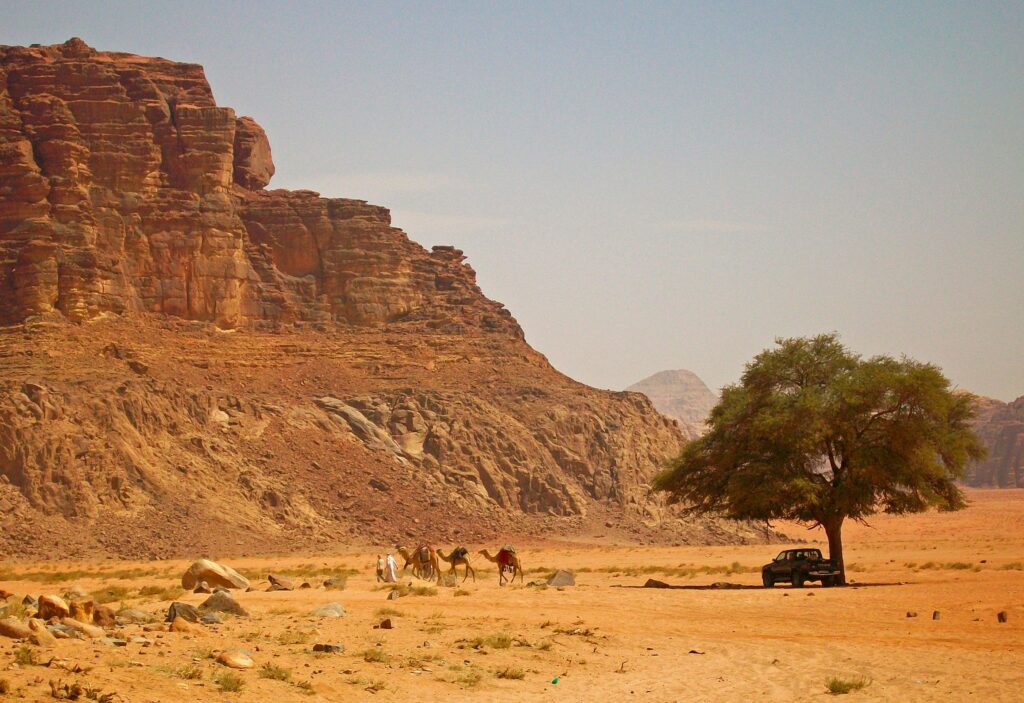
Fatto 6: Il Medio Oriente è ricco di petrolio, ma non la Giordania
La regione del Medio Oriente è famosa per le sue vaste riserve di petrolio, che hanno influenzato in modo significativo i mercati energetici globali e le dinamiche geopolitiche. Paesi come Arabia Saudita, Iraq, Iran, Kuwait ed Emirati Arabi Uniti sono tra i maggiori produttori ed esportatori di petrolio al mondo.
Tuttavia, la Giordania rappresenta un’eccezione in Medio Oriente per quanto riguarda le risorse petrolifere. A differenza dei suoi vicini ricchi di petrolio, la Giordania ha riserve e capacità produttive limitate. Le formazioni geologiche del Paese non hanno prodotto quantità significative di petrolio rispetto ad altre zone della regione. Di conseguenza, la Giordania dipende in larga misura dalle importazioni di petrolio e gas naturale per soddisfare il proprio fabbisogno energetico e alimentare la propria economia.
Fatto 7: la Giordania ha fatto grandi progressi nell’introduzione delle energie rinnovabili
Nonostante le limitate risorse naturali, tra cui il petrolio, la Giordania ha dato priorità alle energie rinnovabili per aumentare la sicurezza energetica, ridurre la dipendenza dalle importazioni e mitigare l’impatto ambientale.
I principali sviluppi nel settore delle energie rinnovabili in Giordania includono:
- Energia solare: La Giordania dispone di abbondanti risorse solari, che rendono l’energia solare un obiettivo primario della sua strategia per le energie rinnovabili. Il Paese ha realizzato diversi progetti solari su larga scala, tra cui la centrale solare di Ma’an e la centrale solare di Quweira, che contribuiscono alla sua capacità di energia rinnovabile.
- Energia eolica: Anche l’energia eolica sta guadagnando terreno in Giordania, soprattutto nelle aree con condizioni di vento favorevoli. Il parco eolico di Tafila, ad esempio, è il primo parco eolico su scala utility della Giordania e ha aggiunto una capacità significativa al portafoglio di energie rinnovabili del Paese.
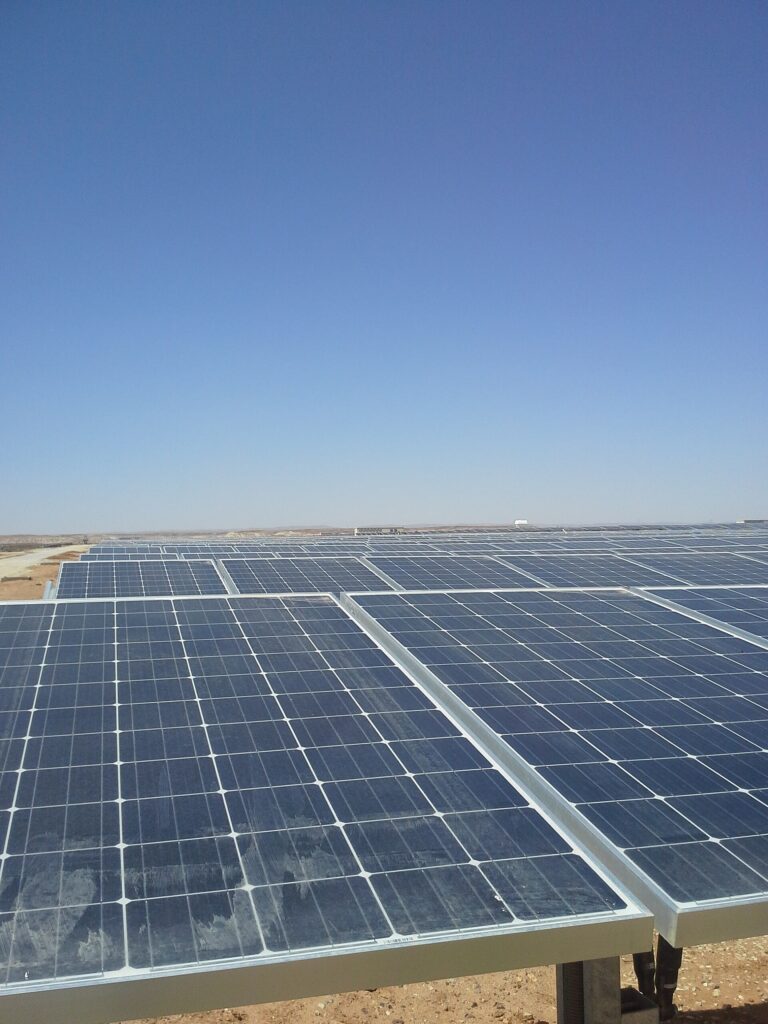
Fatto 8: l’antica città romana di Jerash è una delle meglio conservate al di fuori dell’Italia
L’antica città romana di Jerash, in Giordania, è una testimonianza dell’eredità duratura della civiltà romana al di fuori dell’Italia. Le sue rovine, straordinariamente ben conservate, offrono uno sguardo vivido sulla grandezza e sulla pianificazione urbana di una fiorente città di provincia durante l’Impero Romano. Lo splendore architettonico di Jerash comprende strade colonnate, templi, teatri e piazze pubbliche, tutti meticolosamente disposti secondo uno schema a griglia tipico della progettazione urbana romana.
Una delle caratteristiche più iconiche di Jerash è la Piazza Ovale, un’ampia piazza pubblica circondata da colonne ioniche e pavimentata in pietra. Questa piazza era il cuore pulsante delle attività civiche e commerciali, animata da commercianti, artisti e cittadini che svolgevano la loro vita quotidiana. Nelle vicinanze, il Teatro Sud, rinomato per la sua impressionante acustica e la capacità di ospitare fino a 3.000 spettatori, ospitava spettacoli teatrali ed eventi culturali, mettendo in mostra la ricchezza culturale e l’intrattenimento della città.
Fatto 9: la Giordania ha accesso al Mar Rosso attraverso il Golfo di Aqaba
Il Golfo di Aqaba è un’estensione nord-orientale del Mar Rosso situata tra la penisola del Sinai (Egitto) e la penisola arabica (Arabia Saudita e Giordania). L’unica costa della Giordania si trova lungo la sponda settentrionale del Golfo di Aqaba, dove si trova la città portuale di Aqaba.
Aqaba è la principale porta marittima della Giordania verso la regione del Mar Rosso. È strategicamente importante per il commercio e il turismo della Giordania, in quanto offre accesso alle rotte marittime internazionali e facilita le attività economiche legate alla navigazione, alla pesca e al turismo lungo la costa del Mar Rosso.
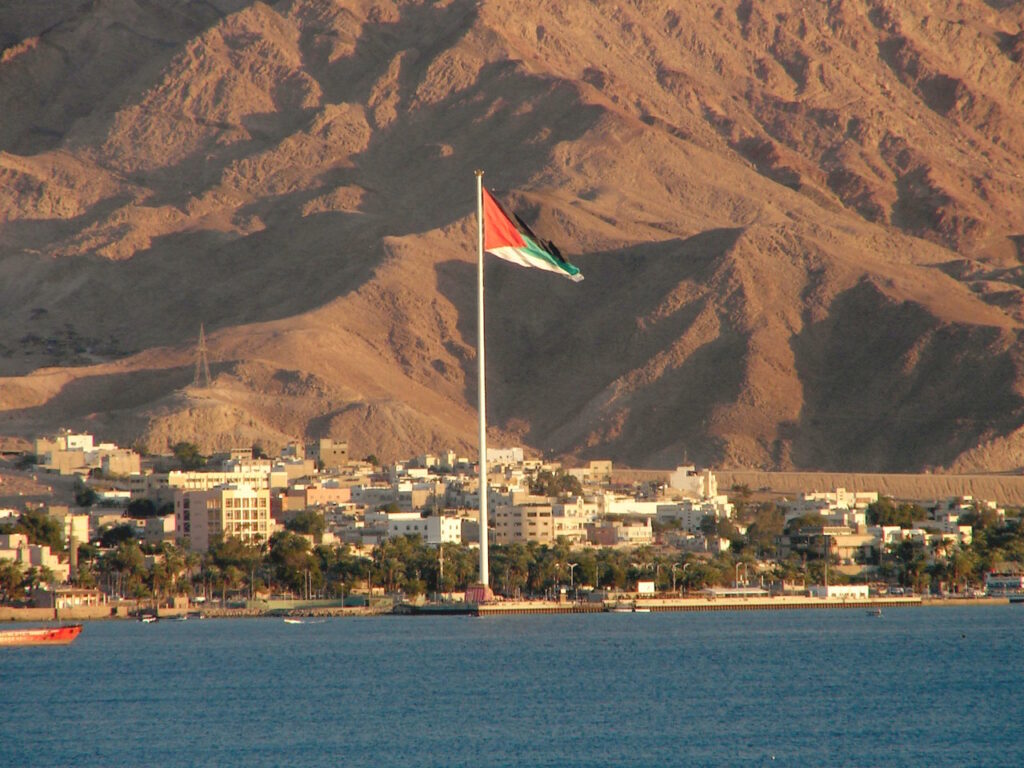
Fatto 10: Molti film sono stati girati in Giordania
Uno dei film più famosi girati in Giordania è “Lawrence d’Arabia” (1962), che ha utilizzato gli splendidi paesaggi desertici del Wadi Rum come sfondo per le sue scene epiche. Le iconiche dune di sabbia rossa e le formazioni rocciose del Wadi Rum sono state riprese in numerosi altri film, tra cui “The Martian” (2015), “Transformers: La vendetta del caduto” (2009) e “Rogue One: A Star Wars Story” (2016).
Inoltre, l’antica città di Petra è stata una location popolare per le riprese. La sua impressionante architettura scavata nella roccia, compreso l’iconico Tesoro (Al-Khazneh), è stata ripresa in film come “Indiana Jones e l’ultima crociata” (1989) e “Il ritorno della mummia” (2001).
Altri film girati in Giordania sono “Red Sea Diving Resort” (2019), basato su fatti realmente accaduti, che ha utilizzato la città costiera di Aqaba e le acque circostanti, e “Promised Land” (2012), girato in varie località del Paese.

Pubblicato Giugno 30, 2024 • 9m da leggere

